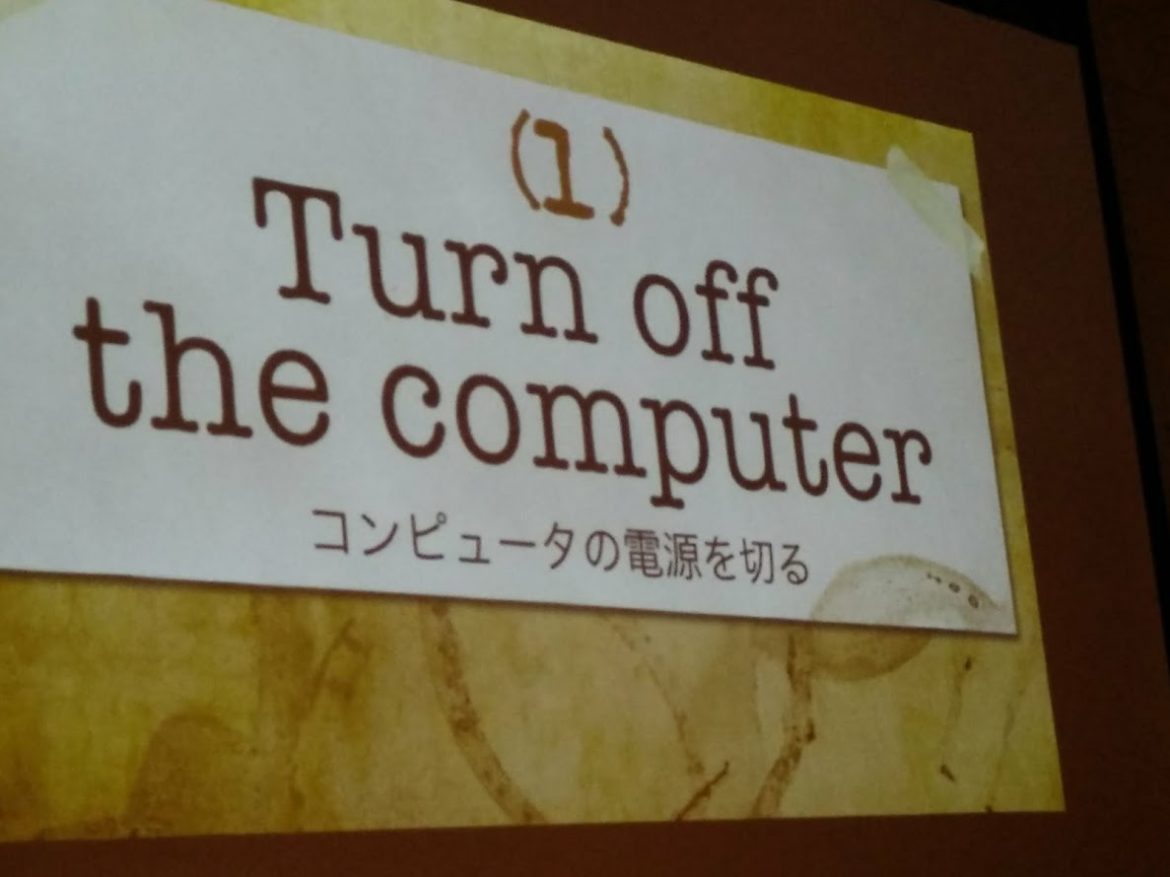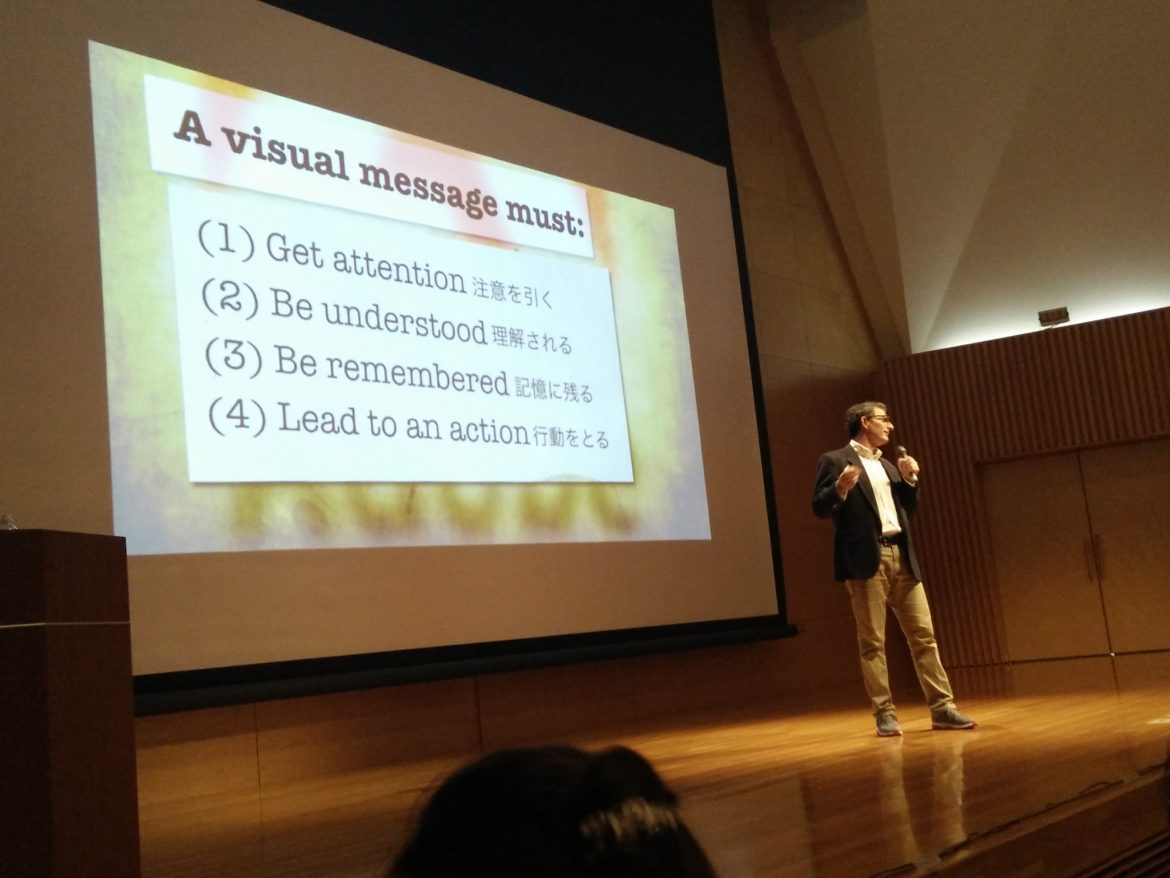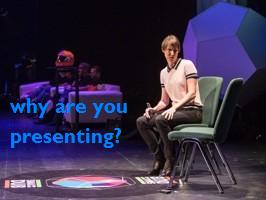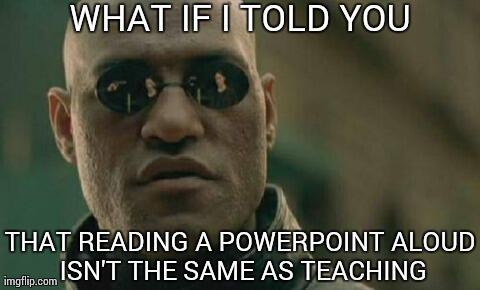p1 is the basis of the presentation. It is the data, the story, the message that the presenter wishes to deliver to the audience. This section covers blog posts that address any part of the construction of p1; taking the “what” of the data and converting it into a “so what” for the particular audience. In particular, this covers audience needs, the value of a single, identifiable message, an elevator pitch, the arc of the story and development of sparklines.
The cornerstone articles on p1 are below but please surf through the links to gain a deeper understanding of why p1 (the story) is the basis of your presentation and must be the starting point in construction.
1.Hysteron proteron – the place to start with a presentation is the message.
2. It is not acceptable or valuable to just talk, you must have a message.
3. The aim and objective of a presentation are not the same thing.
4. The best presentations are planned analog. Shut the laptop and be creative.
5. Consider principally “why” you are presenting, not what to present.






